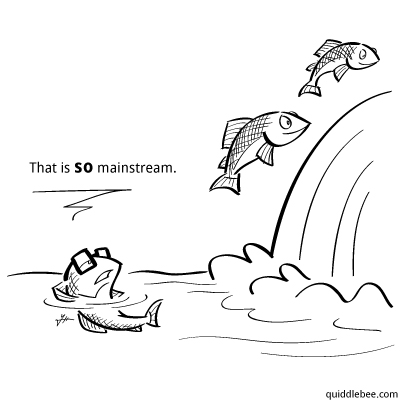Last year at the Association of Midwest Museums conference, I attended a fantastic session on Gallery Carts. It started off with exploring what we as a group thought of museum gallery carts. Everyone had a response because, well, many museums have gallery carts.
At the session, which included a presentation by the Chicago History Museum and a zoo (I unfortunately do not recall the name of this zoo), I was really inspired by the different directions each institution had taken. The Chicago History Museum had redesigned their gallery carts to interact with students, while the zoo had maintained their carts for all visitors. Yet both had transformed their carts from plain, grey boring to exciting, colorful and inviting, reflecting the theme of their institution or specific activity at the cart.
After the session, I attempted to do some investigation into gallery carts. I saw gallery carts everywhere. There were many at the museum I was currently working for and there were others scattered across the many museums I visited. Yet, there was almost no literature on these carts. These carts are known by many names and I tried many variations with little success. The one article (Here Come the Touch Carts) I was able to locate was written in 1976 and can be found by a quick search of Curator. Though it is informative, many things have changed since 1976.
There's plenty of new (as in since 1976) literature out on how visitors learn in museums, what they learn, if they learn at all. Also, the recent trends in museums are toward participation of visitors, creativity and technology. As for gallery carts, the one trend some carts already use is creativity. As you can see in the Art Cart at the Walters Art Museum, visitors are encouraged to create art while at the museum. While it might not be the most creative enterprise on the museum's part, you can't deny that the visitors are at least exploring their creativity.
Since that session in July of last year, I've been thinking a lot about gallery carts and their purpose in museums. What audience should we be designing carts for? Does it depend on the museum? Should carts only talk about one subject or idea or theme? Or should they be multi-purpose and allow facilitators to change out the activities as needed? There are many questions currently unanswered by the museum field.
This summer, I'm going to be thinking quite a bit about gallery carts. Some volunteers and interns will be working on redesigning the gallery carts at my current institution. I'll try to provide some updates throughout the process, thinking about how our museum needs gallery carts to function while bringing in some museum educational theory.
In the meantime, I'd love to hear your thoughts. Maybe you have an answer to my questions above. Or maybe you have questions of your own.
I'd possibly like to write a paper on gallery carts based on my experiences this summer. If you're working on a gallery cart project in the near future, it would be great if we could collaborate. Comments are appreciated!






